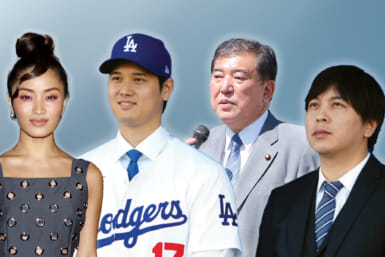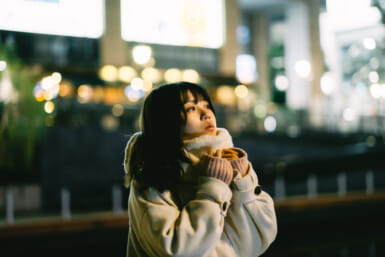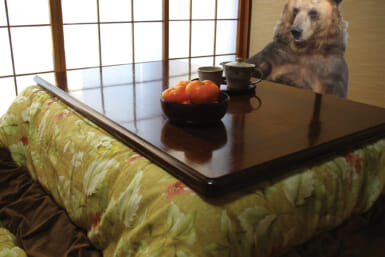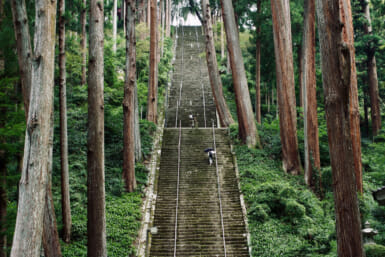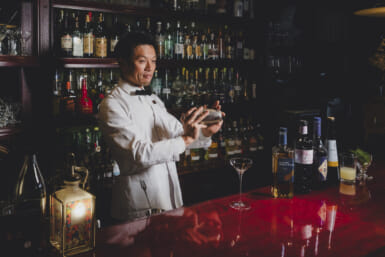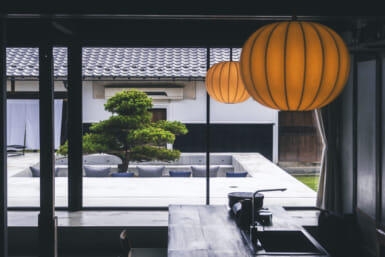by Elyse M. Rogers
TEIKYO UNIVERSITY HOSPITAL
Teikyo University Hospital is a large, 1,120 bed hospital opened in 1971, almost in tandem with the university medical school that was started the same year. Although it is a bit far off the beaten track for Roppongi-centered foreigners, those who live in the outlying area around Ikebukuro might find it a convenient family medical center.
Often foreigners who live outside the central Tokyo area are more likely to stay in the country longer and have good Japanese language skills and those skills will come in handy at Teikyo. For despite the fact the hospital truly tries to be international and has a fine staff that I’m told speaks English, the interview I had at the hospital was conducted exclusively in Japanese.
The hospital was started by Dr. Shobe Okinaga, and now is headed by his son, Shoichi Okinaga. Interestingly, Dr. Okinaga is a graduate of Tokyo University Medical School, so had enlisted the help of many of his Tokyo University classmates and colleagues when the hospital was started. As everyone known the fine reputation of Todai, it’s impressive to know there arc so many doctors from that top university on staff. As Teikyo University Medical School becomes older, of course, it will probably be staffed more by its own compitent graduates.
Teikyo is a hospital interested in welcoming foreigners, perhaps largely because Dr. Okinaga is himself very international. I understand he attends many international professional meetings and encourages his staff to do likewise.
HOSPITAL DEPARTMENTS
Being a large, general hospital (other hospitals profiled, for comparison, were Red Cross with 880 beds and St. Luke’s with 341), it has almost all departments and they are big and well staffed ones. There are three sections of Internal medicine, two divisions of surgery, orthopedics, obstetrics and gynecology, pediatrics etc. The Internal Medicine section is particularly noted for two Tokyo University professors — Dr. Yamanaka (who specializes in digestive problems), and Dr. Miyashita, whose specialty is cardiology and lung disorders.
In the field of brain surgery, Dr. Sanno, also from Tokyo University, is very prominent, so the department of neurology is important at Teikyo.
In addition to the clinical departments, support services are extremely important. They have such services or special departments in abundance, with a 12-bed hemodialysis unit (for artificial-kidney patients) a six-bed ICU (Intensive Care Unit) and the same size CCU (Cardiac Care Unit). They even have an HCU unit, one I’ve never heard of. “Similar to ICU,” I was told, but if any knowledgable readers can enlighten me as to the translation of the HCU initials, I’d be grateful.
The hospital has pretty much the standard equipment one would expect from a university hospital of its size, but the staff is especially proud of their new “whole body” CT scanner (computerized tomography) from General Electric. They also have two CT brain scanners from Hitachi.
HOSPITAL LAYOUT
There are two “twin” tower buildings, with one seven stories high and the other ten. In-patient rooms take up top floors, then come areas like surgery (operating rooms) and physical theapy. On the main floor is the clinic, very large as it needs to be since they see 2,000 to 2,400 patients per day. On the lower level, a huge laboratory stretches almost endlessly, as it must, to house the 70 lab technicians employed.
A special spacious entrance is reserved for the emergency room, with a roll-up door for the ambulance, and top facilities close by. The service is operated 24 hours a day, but the chance of getting English speaking help on the afternoon or night shift is pretty chancy.
The drive-up emergency entrance is wide, private and easy to trace to the street from the emergency room doors, but a bit hard to find at the street. It’s labeled in Japanese only, so if you plan to use the hospital for emergencies, you might want to make a “dry run” with the family chariot just to make sure you know where and how to go.
OUT PATIENT CLINIC
Since the out-patient clinic functions as the private family physician in America (where you take the kids for runny noses and send grandma when her arthritis kicks up). it’s an important part of the hospital, one most visitors and patients see first.
As is to be expected in a large hospital, the clinic is a busy, noisy place. There is actually quite a bit of order, but for the newcomer it may seem overwhelming. The first step is to fill out a form in order to get a hospital card which allows you to go for consultation or treatment.
The forms are in Japanese, but I was told by the personable Dr. Yasuda (from the first division of Internal Medicine) that there are forms in katakana for foreigners. That’s certainly kind of the hospital, but I am doubtful as to how many foreigners who cannot read hiragana or kanji would be skilled enough in katakana to be able to comprehend the form. The staff is ready and willing to help. I was told, and if you are as patient as they, you can probably work it out.
My advice, at least for first-timers, would be to take along a Japanese-speaking friend with you if at all possible. Once you get through the system, you’ll know how it works and it will be easier. (And you’ll have the hospital card which will eliminate the long first step.)
As in most hospital clinics, Teikyo requests that new clinic patients come in the morning, even though clinic hours are 9 a.m. to 5 p.m. daily. What is so unusual is that the afternoon clinic hours are open for all; unusual because even though many hospitals say they have clinic “all day,” in reality the morning is for the general “walk-in” patient and the afternoon hours are special clinic times pre-scheduled by the hospital.
I mentioned that new patients are requested to come during morning hours, and this is another unusually nice feature. It is truly a “request” and if new patients come in the afternoon they will not be turned away, according to the hospital official with whom I talked. This is a far cry from the rigid hours for new patients (which are inviolate) at most large Tokyo hospitals.
This friendly, flexible, try-to-accommodate-the-patient attitude pervades Teikyo University Hospital, according to Dr. Yasuda. They are well known, he tells me, for their kind and helpful staff. Certainly, for ill folks and particularly for foreigners who often feel frightened when they are sick in a strange culture, that attitude is most welcome.
About 20 foreign patients are treated at the clinic every week, according to Dr. Yasuda. This is a very small percent of the 2,000-2,400 patients seen daily. As far as inpatients are concerned, about two or three foreigners are generally in the daily hospital census. Although the hospital functions along very Japanese lines, of course, they do accommodate the foreign inpatient by providing a Western menu, if requested, at no extra charge.
Although there are no appointments as such in the outpatient department (it’s on a walk-in, first-come, first-served basis) Dr. Yasuda suggested foreigners call in advance and say they will be coming and will need a doctor who speaks English. (The phone request would best be made in Japanese by a Japanese secretary, associate or friend.) That way they’ll be more able to accommodate that need.
HOSPITAL LOCATION AND PARKING
The hospital is located in Itabashi-ku, (not to be confused with Iidabashi on the Tozai or Yurakucho Subway Lines) out side of Ikebukuro. The easiest way to get there is to take the train to Ikebukuro and transfer to the Akabane line and go two stations to Jujo. From there, it’s a short taxi ride to the hospital. (There’s a taxi stand in front of the out-patient clinic for returning to the station.) For more complete directions, see the map.
Teikyo University Hospital, 2-11-1 Kaga, Itabashi-ku, Tokyo 173. Phone 964-1211.

